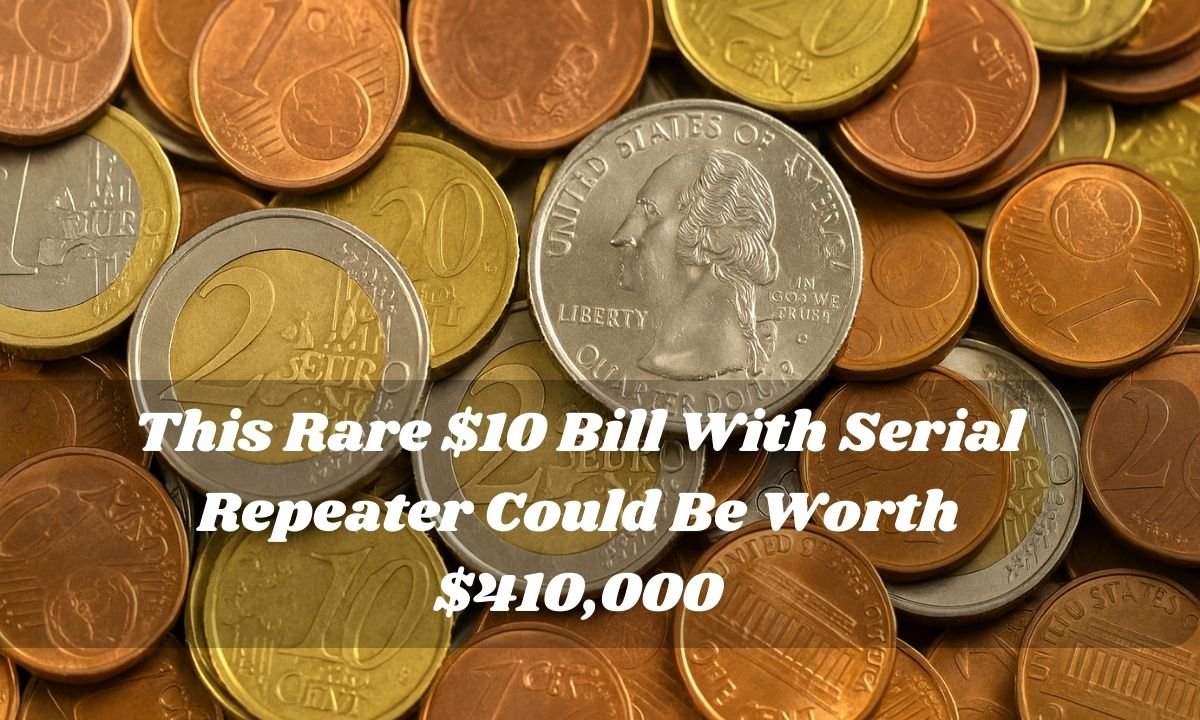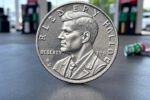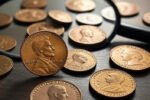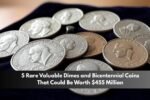Ever dreamt of finding a hidden treasure in your own pocket? Well, that crumpled $10 bill in your wallet might be more than just lunch money. Some rare $10 bills with unique serial numbers are making headlines—and one of them, thanks to a “serial repeater,” could be worth a jaw-dropping $410,000. Sounds wild, right? Let’s dig into why this plain-looking bill is secretly a goldmine and how you can find one, too.
What’s So Special About a $10 Bill?
At first glance, a $10 bill seems boring. It’s just paper, right? But collectors (called numismatists) see something totally different. They’re not just looking at the face value—they care about age, condition, and most importantly, serial numbers.
You know that string of digits printed on the bill? That’s the serial number. Some of these numbers follow rare patterns, making the bill extremely valuable. One of the most desired patterns? The repeater serial number.
What is a Repeater Serial Number?
Let’s make it simple. A repeater serial number is exactly what it sounds like: a number that repeats itself. Think of something like 82928292 or 47474747. Cool, right? It looks like the digits are playing copycat.
Collectors go crazy over these, especially if the bill is old and in great condition. But here’s the catch: finding one is like winning a mini lottery.
Why Could It Be Worth $410,000?
It all comes down to rarity + demand. Imagine there are only a few of these $10 bills in the world with perfect repeater serials. Now add in the fact that some collectors are willing to pay big bucks to get their hands on one. Supply is low, demand is high—and boom! You’ve got a $410,000 price tag.
Also, the cleaner the bill (no creases, no stains), the more it’s worth. A bill in pristine condition with a crazy rare serial number? That’s the holy grail.
How To Check If Your $10 Bill Is Rare
Here’s the fun part—you can start checking right now. Pull out your wallet, purse, or that drawer full of random bills. Take a good look at the serial numbers.
What to watch for:
- Repeating numbers like 37373737
- Palindromes (reads the same forward and backward, like 12344321)
- Low numbers (like 00000001)
- Solid digits (77777777)
- Star notes (with a * symbol at the end)
If your $10 bill has one of these, don’t rush to spend it at the corner store!
Where To Sell or Get It Checked
So you think you’ve hit the jackpot? Awesome! Here’s what to do:
- Google the serial number pattern to see if it’s valuable.
- Join numismatic forums or Facebook groups—people there can help.
- Get your bill appraised by a currency dealer.
- Consider selling through auction houses like Heritage Auctions or Stack’s Bowers.
Don’t sell too fast—some of these bills go up in value over time, just like fine wine.
Real-Life Example
In 2024, a $10 bill with a stunning repeater serial number fetched over $410,000 at auction. The bill was in almost mint condition, and the buyer was a private collector. The seller? Just a regular person who noticed something “weird” about the bill.
See? It’s not just rich collectors with rare stuff. Anyone—even you—can stumble on something this valuable.
Conclusion
Who knew a humble $10 bill could hide a small fortune? Next time you get change at the grocery store, take a second to look at those numbers. You never know—you might be holding on to more than you think. That little rectangle of paper could be your ticket to big bucks. So go ahead, check your wallet… your future self might just thank you.
FAQs
What exactly is a repeater serial number?
A repeater serial number has digits that repeat in a pattern like 48484848 or 12341234.
Are all repeater serial numbers worth thousands?
No, value depends on rarity, demand, and the bill’s condition. Some can be worth a few dollars, others thousands.
Where can I get my bill appraised?
You can contact currency dealers, join online collector groups, or use professional auction houses.
Can modern $10 bills be valuable too?
Yes! Even newer bills with rare serial numbers or printing errors can be worth money.
What should I avoid doing if I think my bill is rare?
Don’t fold, write on, or spend it. Keep it safe in a protective sleeve until you get it checked.




